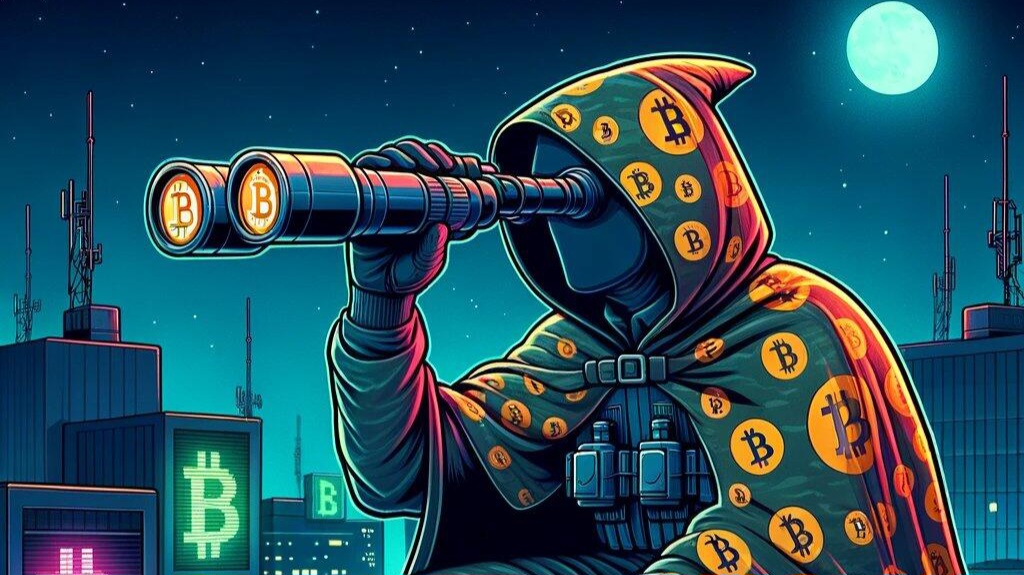In a recent incident, Binance demonstrated its rapid intervention capabilities by freezing $11.8 million in stolen assets after a kidnapping.
Binance CEO, CZ, reported a swift intervention to prevent the theft of millions in crypto assets. Executives from a client company were kidnapped during a deceptive business trip to Montenegro, resulting in the confiscation of millions worth of assets by Binance, foiling over 90% of the stolen loot.
This event, however, sparked a conversation about the centralization inherent in exchanges. Binance’s CEO, CZ, acknowledged this centralization and urged users to explore alternative storage solutions, like non-custodial wallets, to safeguard their assets.
If you use XMR, then there isn’t much anyone can do (or to help you with), as far as I know. Bitcoin can be traced, but not frozen, until you send it to a CEX. 🤷♂️
CZ @cz_binance
Amidst these discussions, allegations surfaced accusing CZ of selling users’ bitcoin from Binance’s hot wallet to support the price of BNB. Despite the absence of concrete evidence and Binance’s denial of such practices, the controversy highlights broader concerns about transparency and potential market manipulation on unregulated exchanges.
The ongoing debate serves as a clarion call for increased oversight and transparency in the cryptocurrency market. Critics argue that unregulated exchanges, like Binance, possess significant influence, potentially enabling manipulation for personal gain. While the veracity of the allegations against Binance remains uncertain, the controversy underscores the urgent need for a more transparent and regulated crypto landscape.



